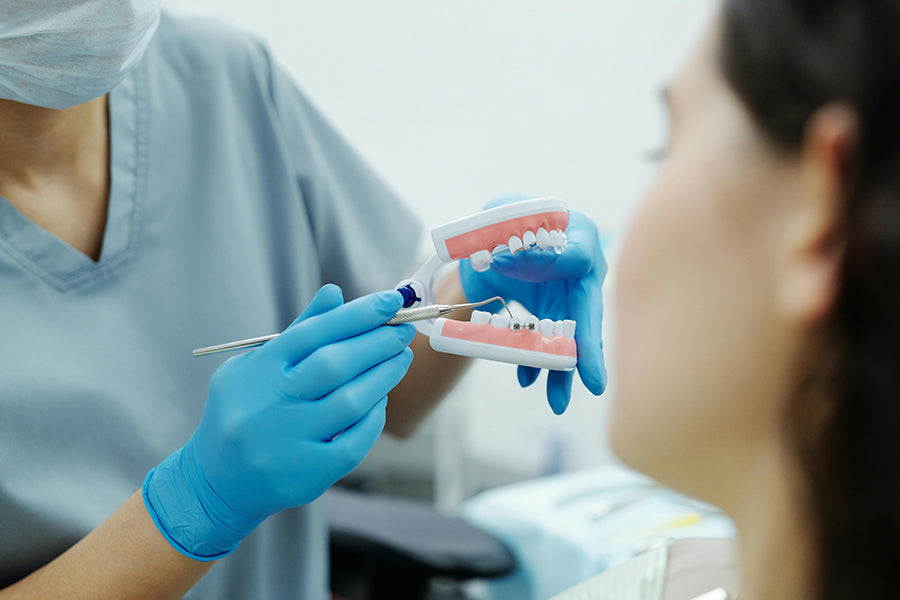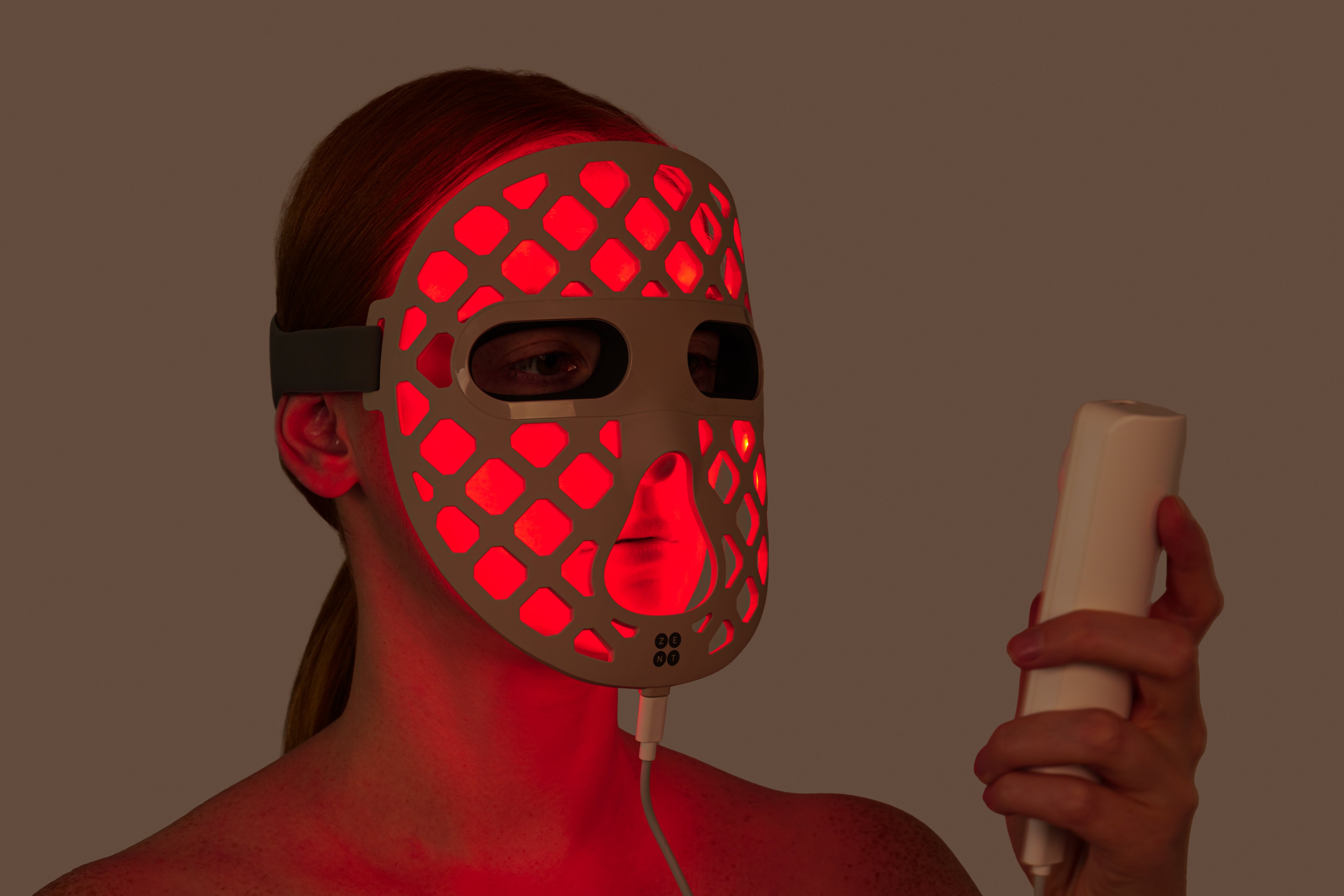Imagine there is a health problem affecting as many as 3.5 billion people worldwide, almost half of the global population. Sounds like a pandemic? Unfortunately, it can be called that, because oral diseases have been recognized by the World Health Organization as one of the greatest public health challenges of our time.
SEE ALSO: How to care for your teeth? 10 steps to a healthy smile and effective protection against cavities
In 2023, WHO published a groundbreaking document: “Global strategy and action plan for oral health 2023-2030.” This is the most comprehensive approach to oral health in WHO's history. Why is this so important for you and your family? Let's take a closer look.
Facts that surprise: the scale of the problem is bigger than you think
Oral diseases, a silent global crisis
Cavities, gum diseases, and tooth loss may seem like minor problems compared to heart diseases or cancers. Nothing could be further from the truth! According to WHO data, as many as 45% of the global population suffer from at least one of the main oral diseases – dental caries, periodontitis, or total tooth loss. This means that almost half of the world's population struggles with these problems, and this rate is higher than for any other non-communicable disease [1].
What does this mean in practice?
- Untreated dental caries in permanent teeth affects 2.3 billion people.
- Over 530 million children suffer from untreated dental caries in primary teeth.
- Gum diseases affect hundreds of millions of people, leading to tooth loss.
- Oral cancers cause about 180,000 deaths annually and are the sixteenth most common type of cancer worldwide.
 The impact of oral diseases on daily life – more than just a toothache
The impact of oral diseases on daily life – more than just a toothache
Oral problems are not just physical discomfort. Their consequences go much further:
- concentration problems – it's hard to focus on work or study when suffering from dental problems,
- absence from school and work – oral diseases are one of the causes of absence,
- social isolation – dental problems affect self-esteem and reluctance to social contact,
- limited nutritional possibilities – healthy teeth are essential for proper eating.
SEE ALSO: Oral hygiene – key principles for healthy teeth
"Oral health is essential for eating, breathing, and speaking; it affects overall health and the ability to fully participate in social life" – states the WHO report.
Huge costs resulting from the treatment of oral diseases
Oral diseases are also a huge financial burden. Global spending on dental treatment is about 387 billion dollars annually, or approx. 1.5 trillion zlotys [2] – an amount sufficient to:
- to finance the construction of 150 modern hospitals,
- to provide basic healthcare for 1.5 billion people in developing countries,
- to buy toothbrushes and toothpaste for every person on Earth for 10 years.
 The worst part is that most of these costs could be avoided through proper prevention and early treatment, which are many times cheaper than treating advanced conditions.
The worst part is that most of these costs could be avoided through proper prevention and early treatment, which are many times cheaper than treating advanced conditions.
The surprising connection between oral health and overall body health
More and more studies confirm that the condition of the oral cavity has a direct impact on the health of the entire body [3]. Poor oral hygiene has scientifically proven links with:
- cardiovascular diseases – bacteria from the oral cavity can enter the bloodstream and contribute to the development of heart diseases [4],
- diabetes – there is a link between periodontal diseases and diabetes [5],
- cancers – some oral infections increase the risk of certain cancers [6],
- pneumonia – bacteria from the oral cavity can be inhaled into the lungs with air and cause infections. This is especially common in older people due to weakened swallowing reflex, weaker immunity, and more frequent oral hygiene problems [7],
- premature birth – periodontal diseases in pregnant women are associated with a higher risk of complications [8].
A new approach to dental health
WHO calls for an urgent change in thinking about oral health – instead of focusing mainly on treatment, we should primarily emphasize prevention.
In the case of Poland, this means expanding the scope of preventive services available under NFZ. Family doctors should regularly check patients' oral health and timely refer them to a dentist. The main point is that dental prevention should be an integral part of general health care.
SEE ALSO: How to take care of oral hygiene after illness? Tips for effective convalescence
"Most oral diseases are largely preventable and can be treated using simple, non-invasive procedures at the primary health care level" – the WHO report emphasizes.
What really harms your teeth?
WHO emphasizes that there are common risk factors linking oral problems with heart disease, cancers, type 2 diabetes, and chronic lung diseases, and these are:
- tobacco smoking – harms not only the lungs but also the gums and teeth, leading to periodontal disease and increasing the risk of oral cancers,
- excessive alcohol consumption – besides damage to the liver and brain, alcohol dries out the mouth, promotes bacterial growth, and increases the risk of oral cancers,
- sugar-rich diet – it is not only the main cause of caries but also a risk factor for obesity, diabetes, and heart disease,
- unhealthy eating habits – including the too early introduction of sweetened drinks and bottle feeding with sweet liquids, which can lead both to early childhood caries and shape unhealthy eating habits for life.
Oral health inequalities – who suffers the most?
Oral diseases disproportionately affect poor, vulnerable, and/or marginalized people, including:
- people with low incomes,
- people with disabilities,
- elderly people living alone or in care homes,
- refugees,
- people incarcerated in prisons,
- residents of remote and rural communities,
- people from minorities and/or other marginalized social groups.
There is a strong and consistent link between socio-economic status and the occurrence and severity of oral diseases. This means that these problems are not solely a matter of individual choices but have deep social and economic determinants.

The WHO global strategy for 2023-2030 is the first step towards a revolution in the approach to oral health. Instead of focusing on treating consequences, global experts propose systemic solutions aimed at prevention and access to basic dental care for all.
SEE ALSO: Choosing the right oral hygiene products. Why is it so important?
In the second part of the article, we will look at specific innovations and technological solutions that fit into this strategy. We will show how modern products, such as advanced ZENT® Dental Care electric toothbrushes, water irrigators, or UV disinfection systems respond to global challenges in oral health. You will also learn what steps you can take today to ensure the health of your teeth for many years.
PRZYPISY:
-
Global oral health status report: towards universal health coverage for oral health by 2030. Geneva: World Health Organization; 2022.
-
Righolt AJ, Jevdjevic M, Marcenes W, Listl S. Global-, Regional-, and Country-Level Economic Impacts of Dental Diseases in 2015. J Dent Res. 2018;97(5):501-507.
-
Fiorillo L. Oral Health: The First Step to Well-Being. Medicina. 2019;55(10):676.
-
Vanwormer JJ, et al. Oral hygiene, quality of life, and risk of heart failure. Frontiers in Oral Health. 2025.
-
Chang Y, et al. Improved oral hygiene is associated with decreased risk of new-onset diabetes: a nationwide population-based cohort study. Diabetologia. 2020;87.
-
Deng Q, et al. A composite oral hygiene score and the risk of oral cancer and its subtypes: a large-scale propensity score-based study. Clinical Oral Investigations. 2021.
-
Ali K. Association Between Poor Oral Hygiene and Respiratory Infections in Elderly Populations: A Comparative Cross-Sectional Study. Journal of Health, Wellness and Community Research. 2025.
-
Uwambaye P, et al. Assessing the association between periodontitis and premature birth: a case-control study. BMC Pregnancy and Childbirth. 2020;24.









